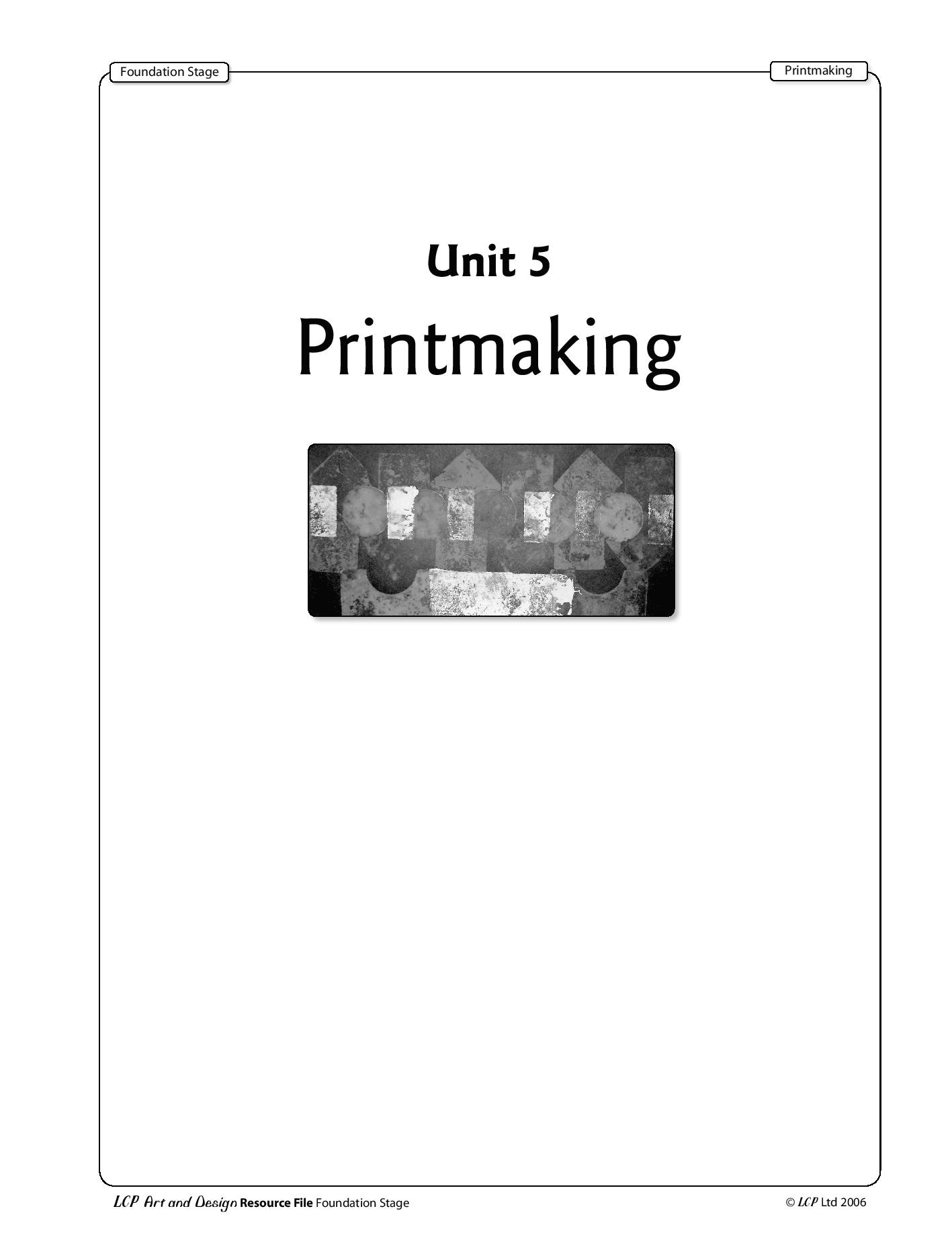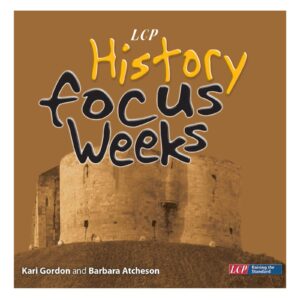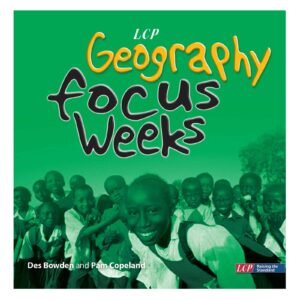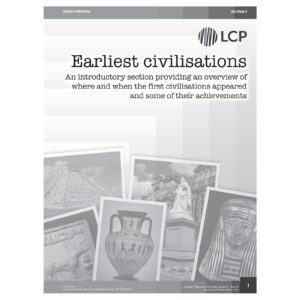Description
Printmaking as an art form has been around
for many years, and was generally used to
communicate images and messages to a wider
audience than was possible with the main art
forms of painting, drawing and sculpture. Today
printed images can be seen on textiles, ceramics,
plastics and card for many different purposes.
Printing is a process by which a child can explore
the environment through the use of a variety
of materials and techniques. When children
understand the basic techniques involved in
printmaking and realise that a print can be made
from almost anything that you can pick up and
press down, then a whole new adventure of
discovery unfolds.
Printing is concerned with textured and patterned
surfaces, and the repetition of shapes, lines and
marks. Printing gives the opportunity to explore
shape, colour, pattern and texture with a variety
of objects and found materials. Endless sources of
starting points for printing can be found within
the environment and include bricks, shells, tree
bark, leaves, fruits, vegetables, metal castings (e.g.
brass plaques, etc.) and recycled materials.
Colour, shape, pattern and texture are the visual
elements realised in printing. We are surrounded
by printed surfaces – on clothing, furnishings,
wallpaper, wrapping papers, ceramics, food
containers and greetings cards to name but a few.
Young children’s early experience of printing
usually takes the form of hand, thumb, finger and
footprints, and the recognition of marks made by
car or bicycle tyres as they travel through mud, or
footprints made by people, birds and animals in
soft ground or snow.
Time should be planned for experimental work
in the use of resources and materials available for
printing and the marks that are generated through
the use of colours and texture to create patterns.
Outcomes will develop in a variety of ways
– some planned and predicted and some entirely
spontaneous!
Over a period of time every child should have the
opportunity to experience each of the activities
outlined in the practical sessions and extended in
the framework for planning printing activities.
The information is presented in a form
that encourages a progression of skills and
experiences. These should be used to build and
extend the knowledge and confidence of each
child.
As children’s skills progress, along with increased
periods of concentration, more detail will begin
to be included in their work. Children will use
printing to make marks and patterns. Lots of
practice attempts should be encouraged.
References should be made to artefacts from
other cultures to encourage an early recognition
of the variety of marks and patterns made beyond
their normal experiences. Encourage children to
handle unfamiliar objects and observe the shapes,
patterns, colours and textures of them.







Reviews
There are no reviews yet.